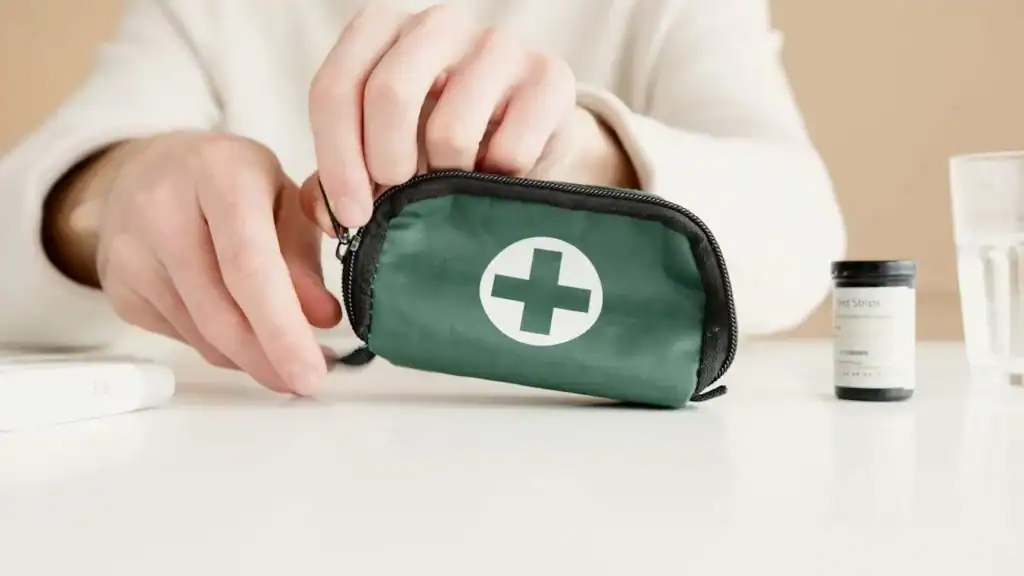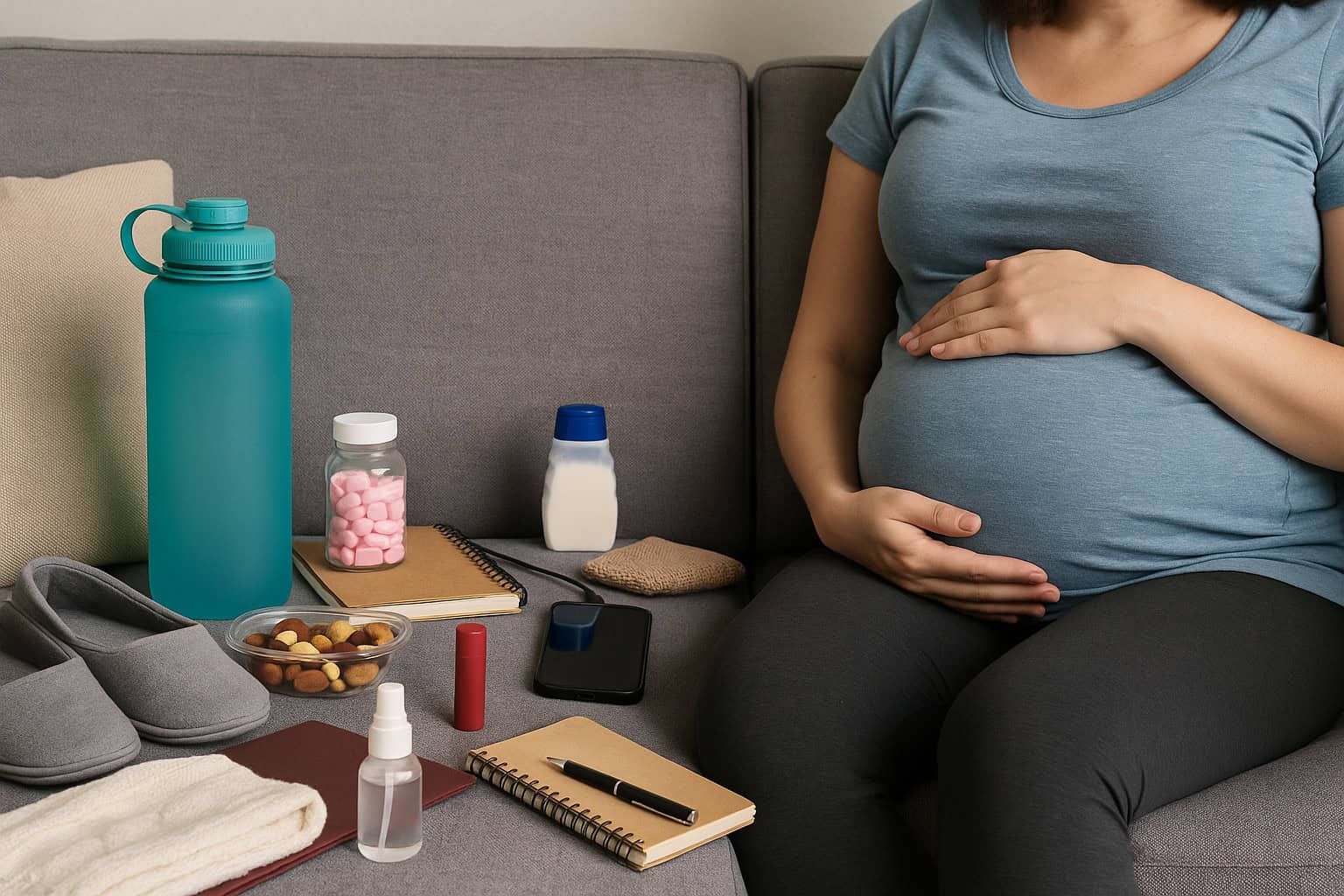Traveling While Pregnant: Safety Tips and Must-Knows
Pregnancy doesn’t have to put your wanderlust on hold, but it does require extra planning and precautions. Whether you’re taking a babymoon or traveling for work, these essential tips will help ensure your journey is safe and comfortable for both you and your growing baby.
1. Consult Your Doctor Before You Go

Before booking any trip, have a thorough discussion with your healthcare provider about your travel plans. They’ll assess your pregnancy risk level, current health status, and destination to determine if travel is advisable. Get written clearance for air travel, especially after 28 weeks when many airlines require medical documentation.
2. Choose Your Timing Wisely

The second trimester (14-28 weeks) is generally considered the safest time to travel. Morning sickness has typically subsided, energy levels are higher, and you’re not yet dealing with late pregnancy discomfort. Avoid travel after 36 weeks for domestic flights and 32 weeks for international travel due to airline restrictions.
3. Pack a Comprehensive Medical Kit

Include prenatal vitamins, any prescription medications, anti-nausea remedies, and copies of your medical records. Pack a thermometer, hand sanitizer, comfortable compression socks, and maternity support belt. Keep all medications in original containers and bring extra supplies in case of travel delays or emergencies.
4. Stay Hydrated and Move Regularly

Dehydration and blood clots are heightened risks during pregnancy travel. Drink water frequently, avoid excessive caffeine, and take breaks every hour to walk and stretch. On flights, choose an aisle seat for easy bathroom access and leg stretching. Consider compression stockings to improve circulation during long journeys.
5. Research Your Destination’s Healthcare

Identify hospitals, clinics, and English-speaking doctors at your destination before departure. Verify that your health insurance covers emergency care abroad, and consider purchasing additional travel insurance that covers pregnancy-related complications. Save emergency contact numbers in your phone and write them down as backup.
6. Adjust Your Activity Level

Pregnancy isn’t the time for extreme adventures or high-altitude activities above 8,000 feet. Avoid scuba diving, contact sports, and activities with fall risks. Choose relaxing activities like sightseeing, gentle walking tours, or spa treatments. Listen to your body and don’t overexert yourself, even if you feel energetic.
7. Plan for Frequent Bathroom Breaks

Pregnancy increases bathroom frequency, so build extra time into your travel schedule. Research rest stops on driving routes and locate restrooms immediately upon arriving at airports or hotels. Stay near facilities during long tours or events, and don’t feel embarrassed about asking for frequent stops during group activities.
8. Eat Safely and Smart

Stick to bottled water and thoroughly cooked foods, especially in international destinations where food safety standards may differ. Avoid raw seafood, unpasteurized dairy, deli meats, and street food that might harbor harmful bacteria. Pack healthy snacks like crackers, nuts, and dried fruit to maintain stable blood sugar levels throughout your journey.
9. Dress Comfortably and Layer

Pregnancy affects body temperature regulation, so dress in comfortable layers you can adjust easily. Wear supportive, well-fitting shoes with good arch support, as pregnancy hormones loosen ligaments and can cause foot swelling. Choose breathable fabrics and avoid restrictive clothing that might impede circulation or cause discomfort during long travel days.
10. Have a Backup Plan

Despite careful planning, pregnancy can be unpredictable. Research the nearest quality medical facilities at every stop, understand your insurance coverage limitations, and have funds available for unexpected medical expenses or trip changes. Consider travel insurance that specifically covers pregnancy complications, and always inform travel companions about your condition and any concerning symptoms.





